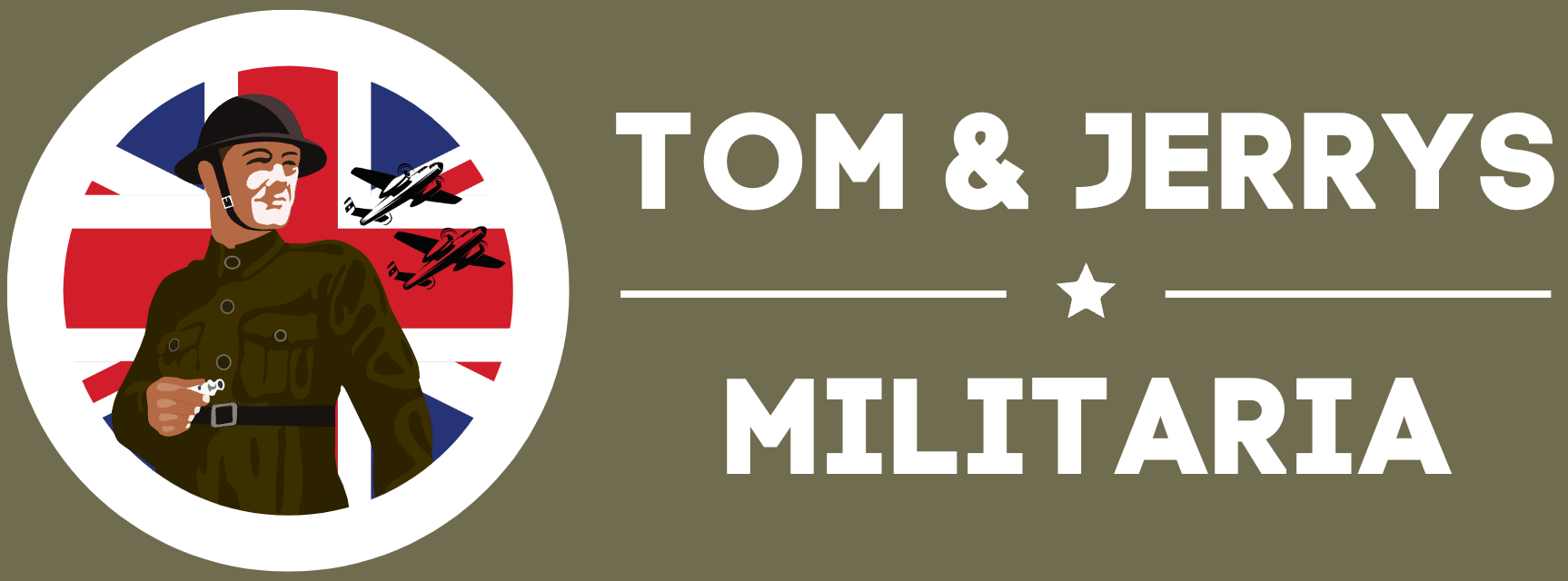Tommies Militaria and Collectables
WW2 British Webbing Officers Map Case 1944 Dated
WW2 British Webbing Officers Map Case 1944 Dated
Couldn't load pickup availability

Product Condition
Product Condition
Shipping & Returns
Shipping & Returns
Shipping
All orders are subject to a delivery, packing & handling charge. The correct charges will be automatically calculated via our Shopping basket ordering system and are based on the total weight of your order, your location, and our normal method of despatch. Please be aware that we reserve the right to alter any miscalculation, plus or minus, and you will be notified prior to shipping of any changes.
When shipping items, we use the UK Royal Mail, EVRI, DPD and Parcel Force in the event of a parcel arriving with contents damaged ALL the packaging must be kept for inspection by the delivering shipping contractor whoever that contractor is, failure to adhere to this WILL result in ANY claim being denied.
We do ship internationally and will always use a Tracked and Signed for service. We strive to use the best and most economical shipping services available
All shipping, insurance and import charges will be borne by the customer.
All lots are shipped at the buyers risk no compensation will be offered for items lost or broken in transit. Alternatively you can pay for your own courier.
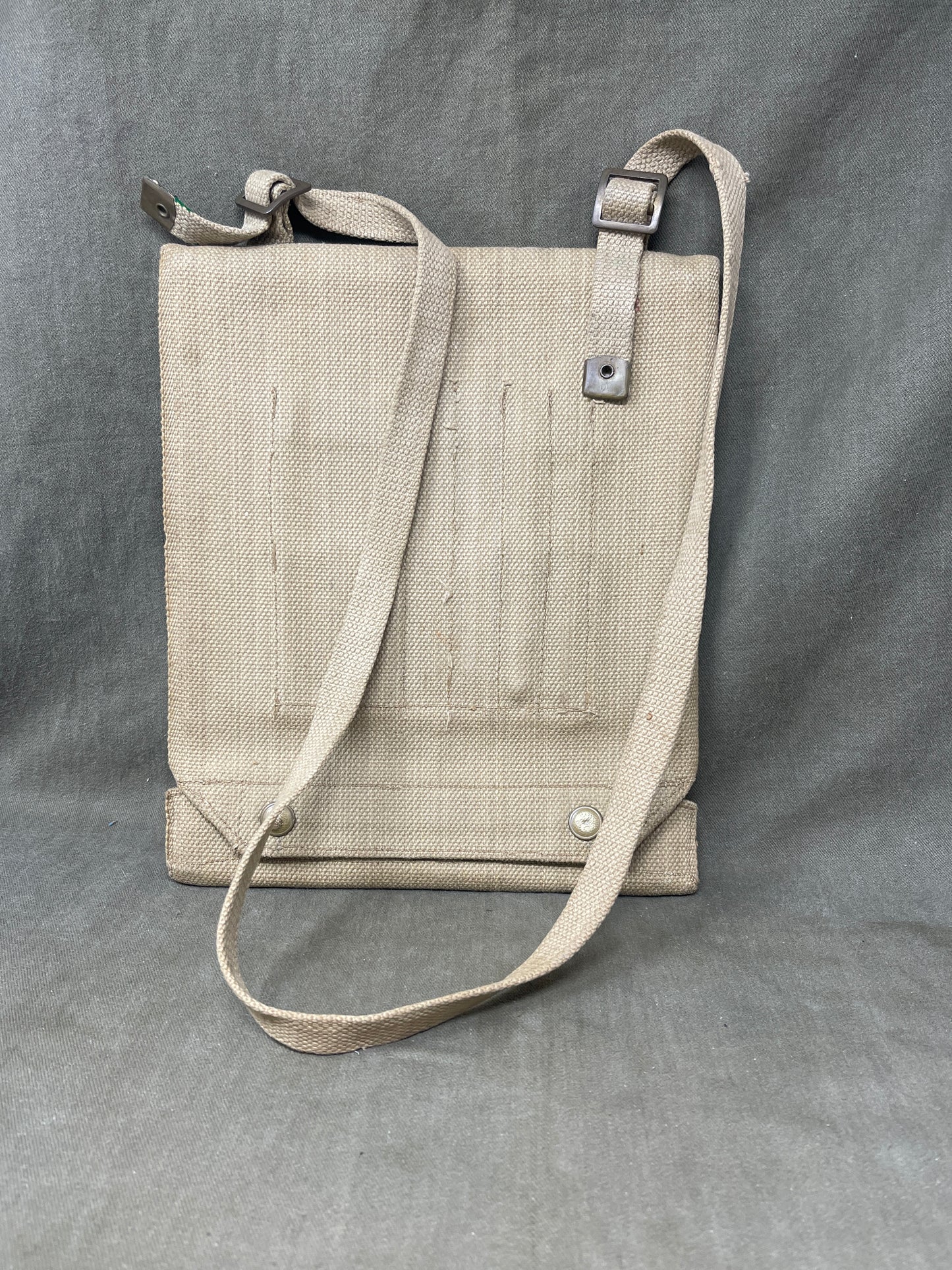
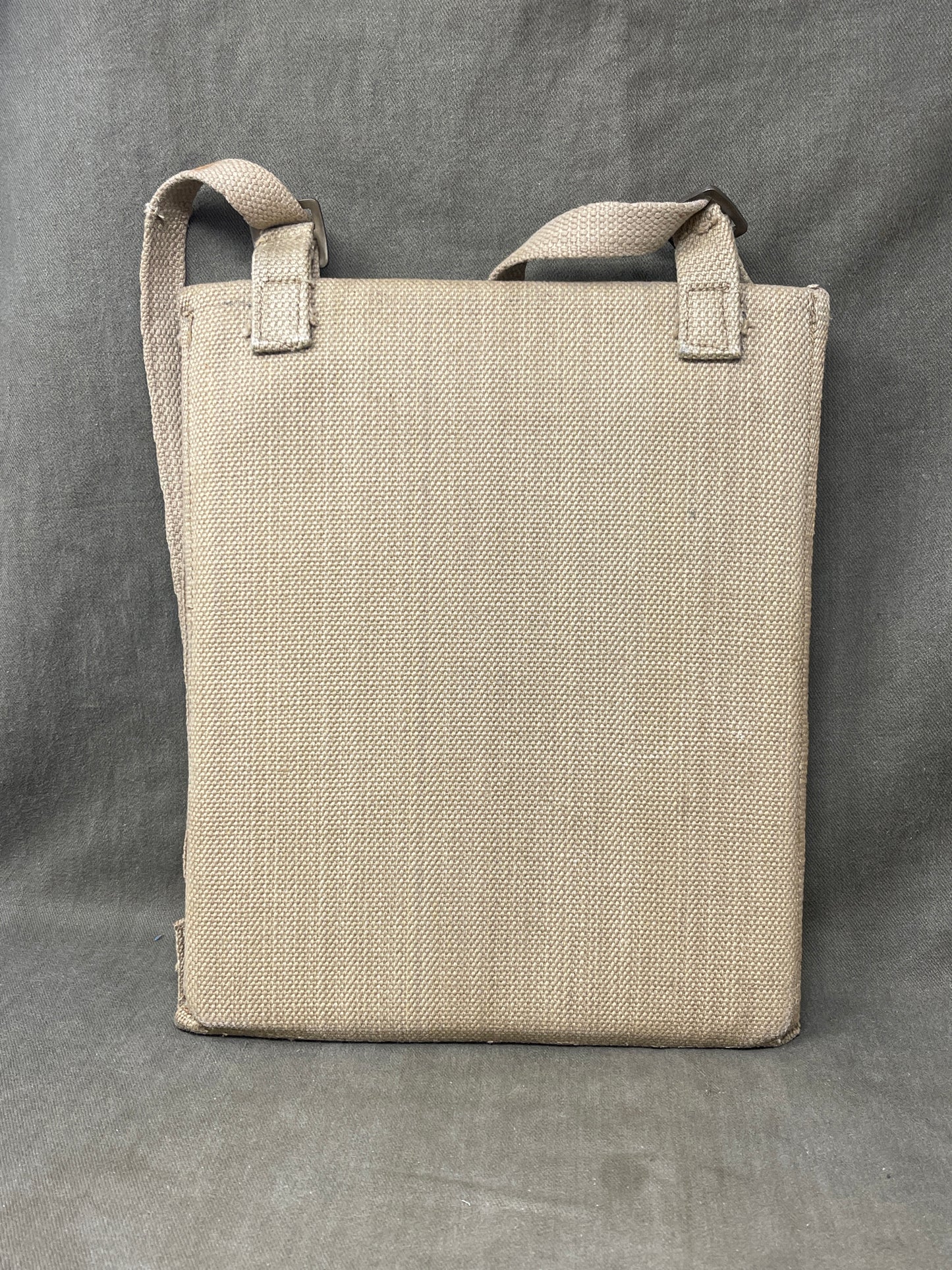
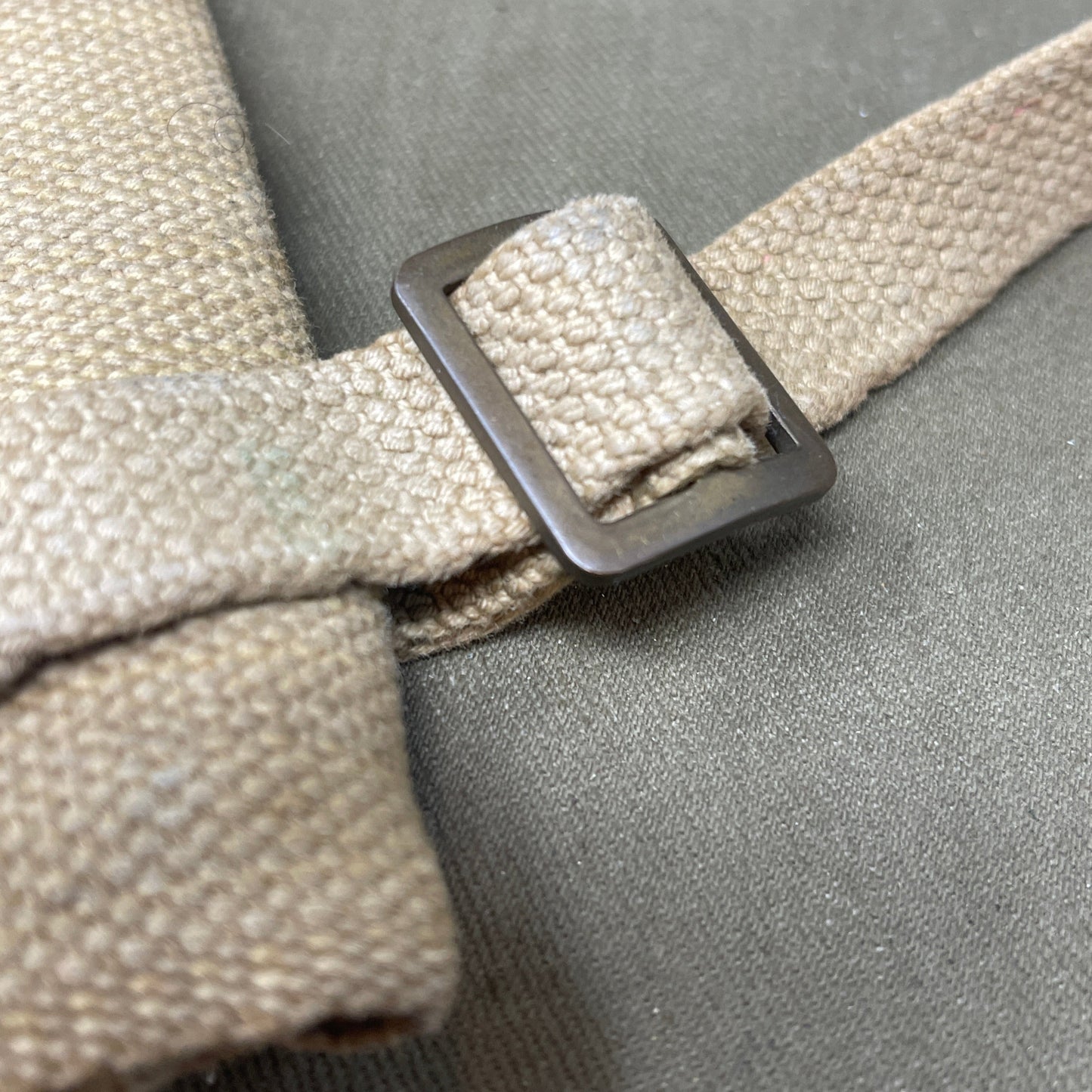
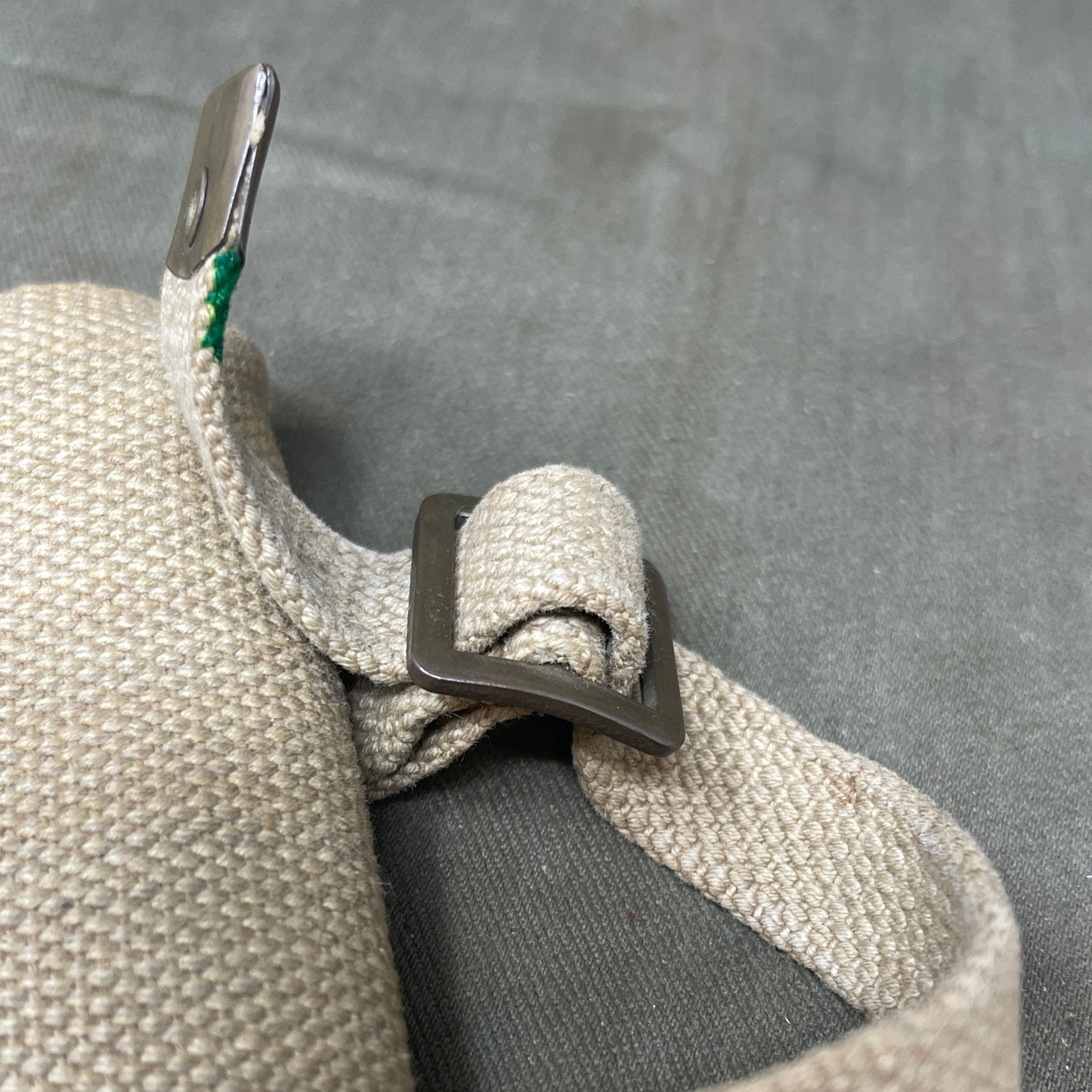
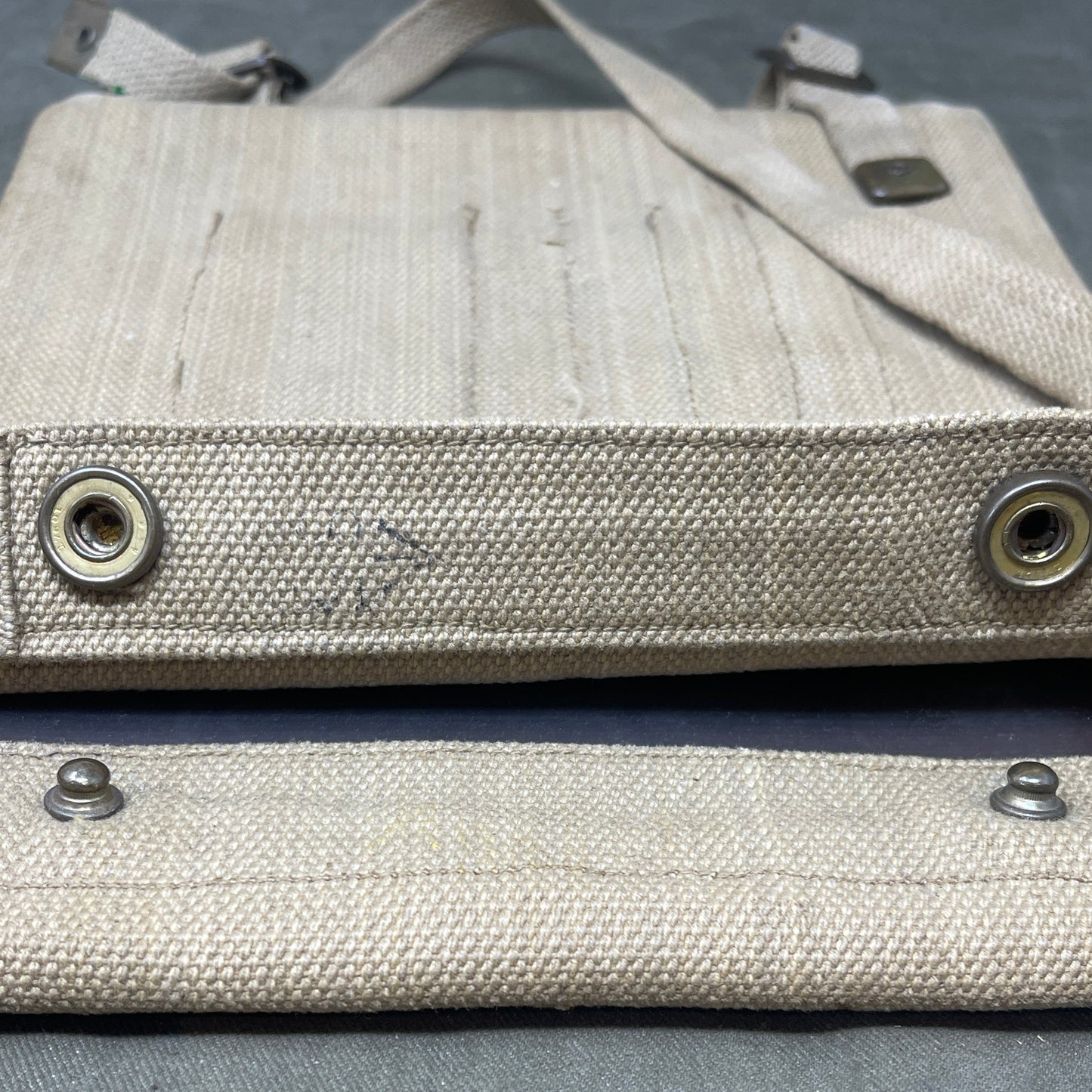
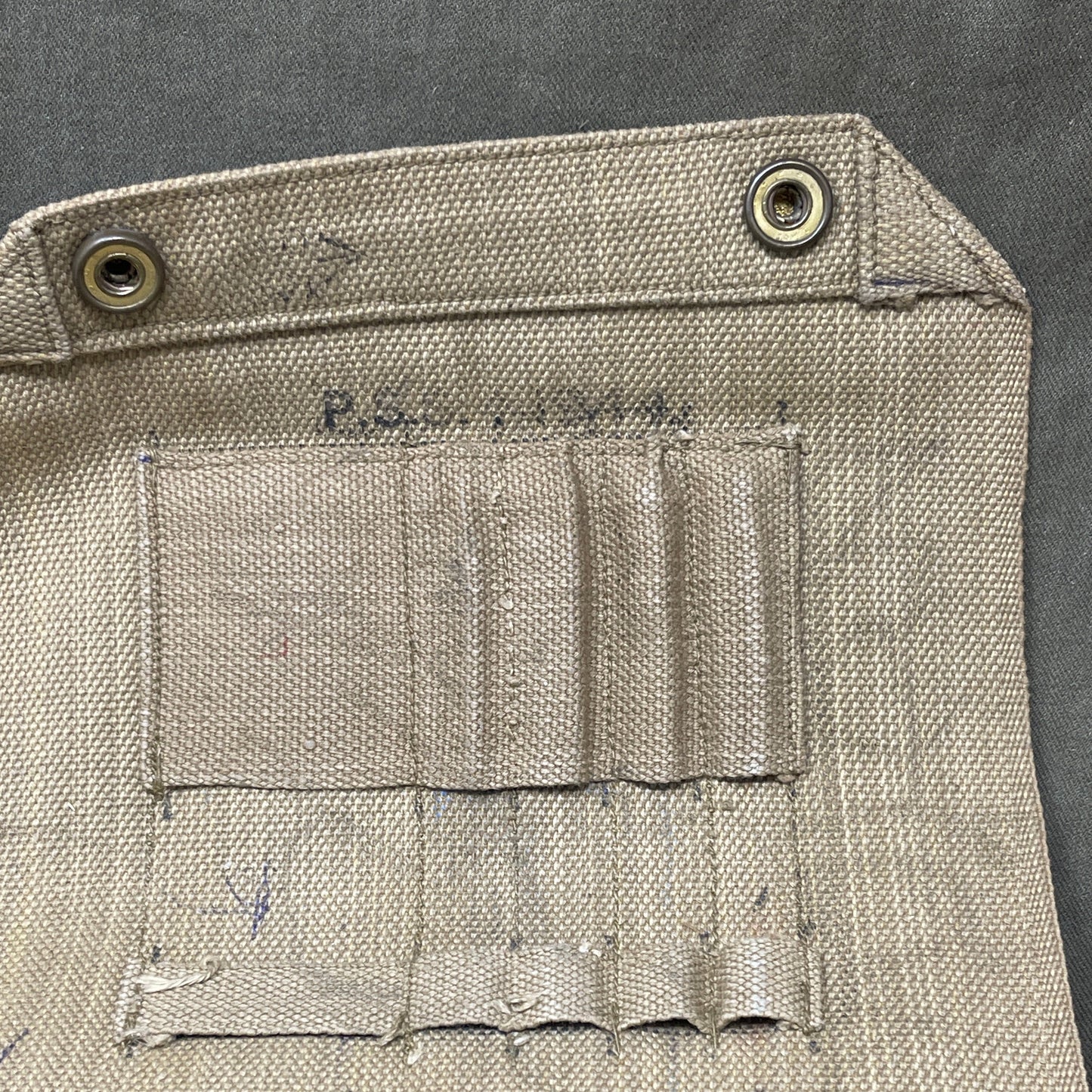
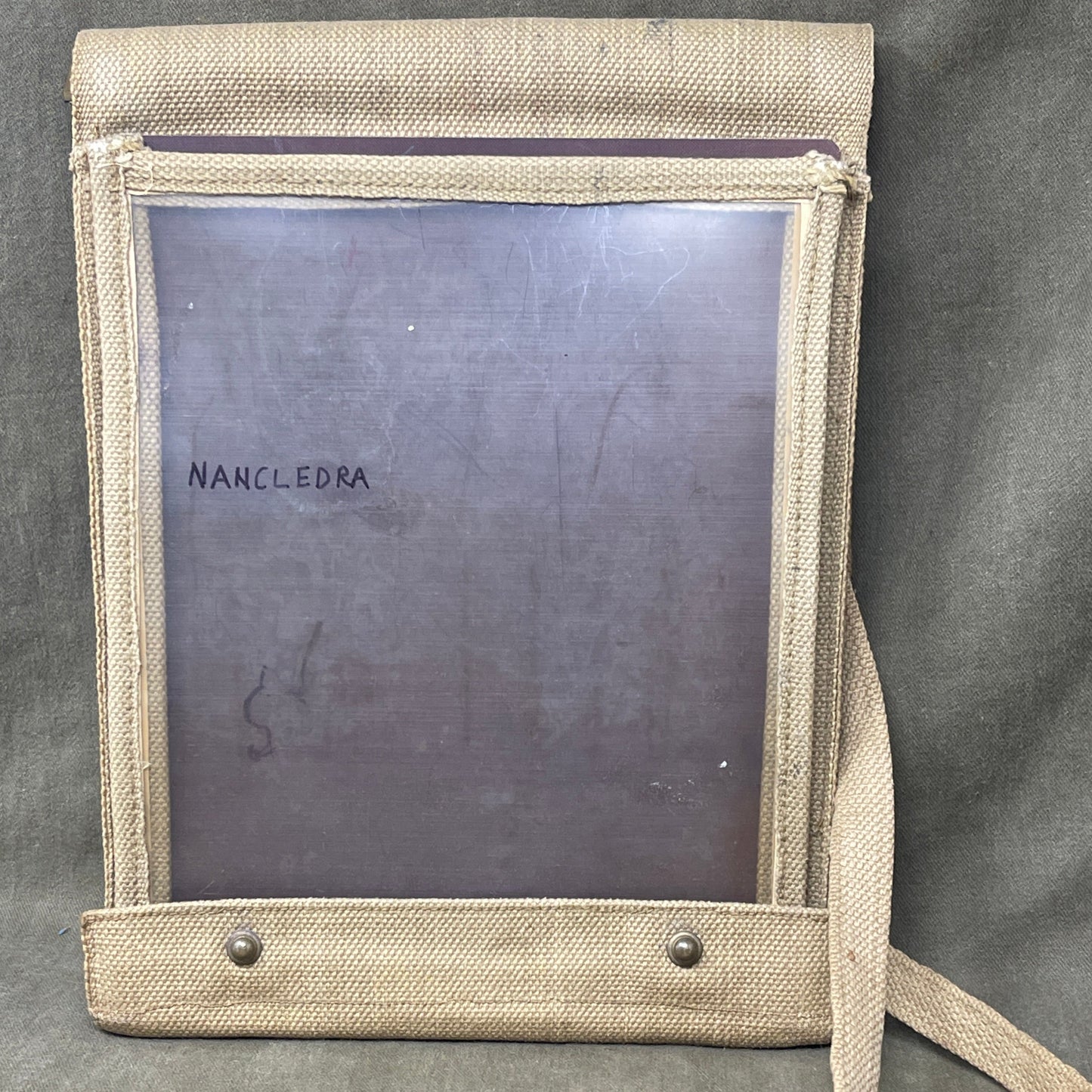
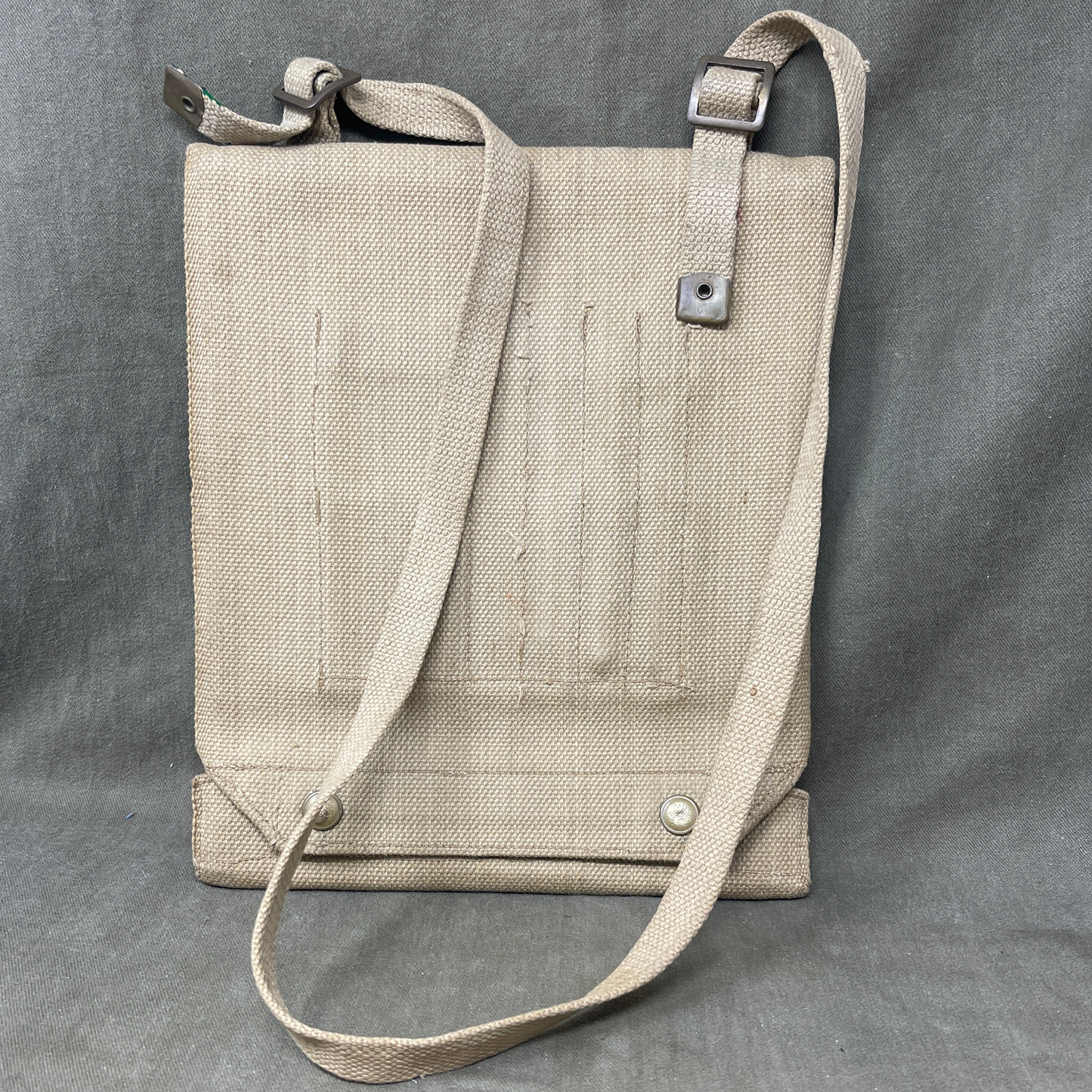
Product Description
The WW2 British 1937 Pattern Webbing Officers Map Case, dated 1944, is an iconic piece of military equipment that exemplifies the ingenuity and practicality of wartime gear. Introduced as part of the broader 1937 Pattern Webbing system, this map case was designed to meet the specific needs of officers who required detailed and accessible maps for strategic planning and operational command.
Design and Features
The 1937 Pattern Officers Map Case was constructed from the same durable cotton canvas material as the rest of the 37 Pattern Webbing system. This fabric was known for its robustness and water-resistant properties, ensuring that crucial documents were protected from the elements. The map case typically measured approximately 10 inches by 12 inches, providing ample space for standard military maps.
The case featured a large, clear plastic window on one side, allowing officers to view their maps without having to remove them from the protective cover. This design was particularly useful in adverse weather conditions, where keeping maps dry and intact was essential. Inside, the case included several compartments and pockets for storing additional documents, writing utensils, and navigational tools such as compasses and protractors.
Configuration and Usage
The 1937 Pattern Officers Map Case was designed to be carried in various ways, offering flexibility to the user. It could be slung over the shoulder using an adjustable strap, worn around the neck, or attached to the officer's webbing belt. This adaptability ensured that officers could access their maps quickly and efficiently, whether on the move or in a static command post.
The interior of the map case was organized to maximize functionality. It included pockets for different types of documents and tools, ensuring that everything an officer needed was within easy reach. The clear window allowed for quick reference to maps during briefings or in the heat of battle, providing a significant tactical advantage.
Role in the War Effort
During World War II, accurate and accessible maps were vital for the planning and execution of military operations. The 1937 Pattern Officers Map Case was an indispensable tool for officers at all levels of command. It allowed for efficient dissemination of orders and ensured that units could navigate and coordinate effectively across various theaters of war.
The map case was particularly valued in complex operations such as the D-Day landings and the subsequent campaign in Northwest Europe. Officers relied on their map cases to coordinate movements, identify objectives, and respond to rapidly changing battlefield conditions.
Legacy
The 1937 Pattern Officers Map Case remains a significant artifact from World War II, illustrating the importance of practical and reliable equipment in military history. Its design reflects the broader principles of the 37 Pattern Webbing system: durability, functionality, and adaptability.
Today, collectors and historians regard the 1937 Pattern Officers Map Case with great interest, recognizing its role in the successful execution of countless operations during the war. A map case dated 1944 represents a specific period of intense and decisive action, making it a valuable piece of military history.
The 1937 Pattern Officers Map Case is not just a piece of equipment but a testament to the meticulous planning and coordination that underpinned Allied success during World War II. It serves as a reminder of the critical role that effective logistics and well-designed gear play in the outcomes of military conflicts
